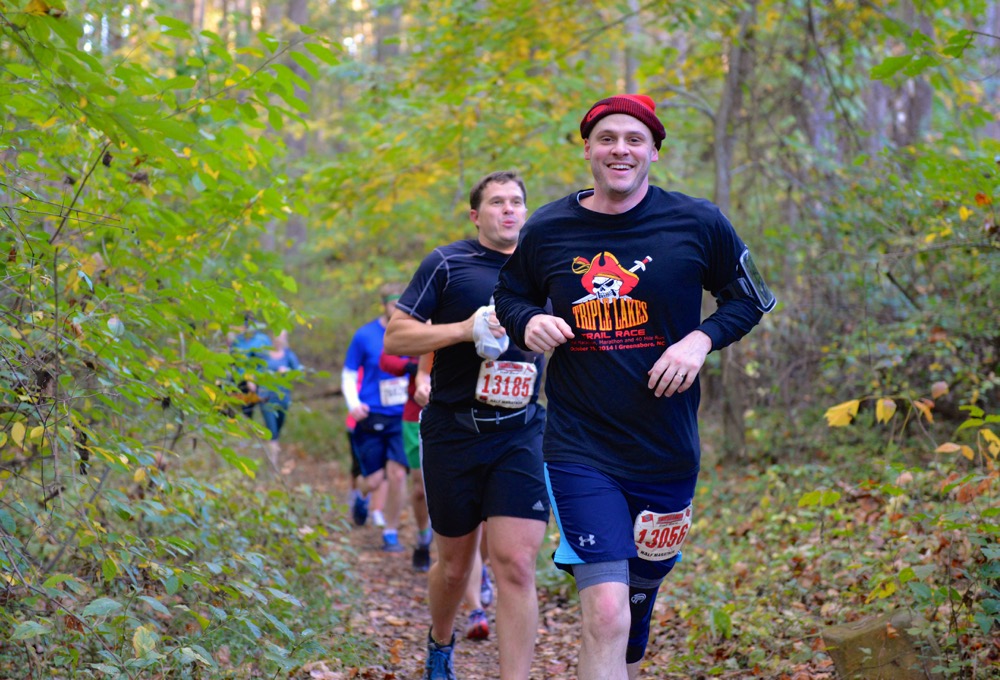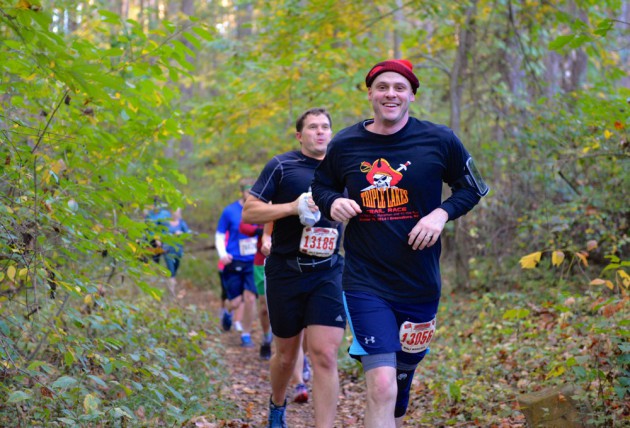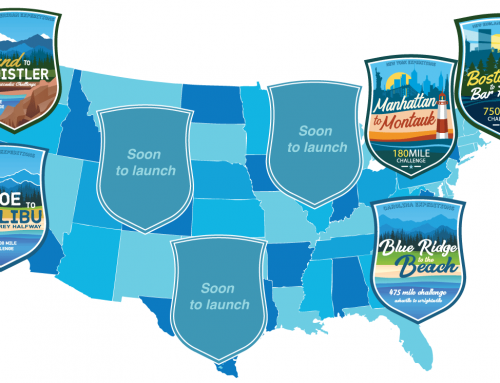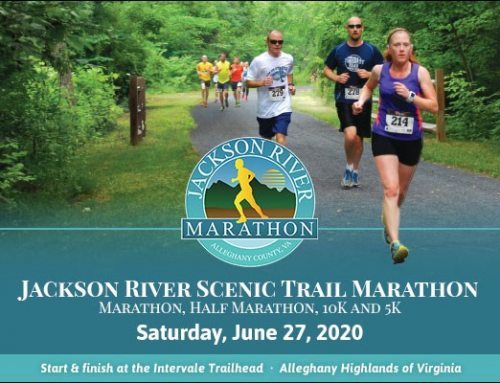By Brian Diaz
Late summer into early fall is a time where the heat can become unbearable. Some of you head indoors for the treadmill or wake at the crack of dawn so that the temperature isn’t as bad. A growing number of you, however, are heading to the trail.
The tricky part is whether or not your body is ready for the trail. The latest research touts the benefits of trail running versus road running and forefoot/midfoot striking versus rearfoot striking. While I’m not looking to tackle all the hot topic buttons at one time, I will help point out some changes that might need to happen so you can capitalize and enjoy off-road running.
Ever since we could walk, most of us have been on solid ground. When we started running at a young age most of our running was likely on cement and pavement. Other than a concentrated effort to get off-road, a majority of every-day runners and fitness enthusiasts run on firm manmade surfaces. One of the biggest reasons for this is our actual location from trails. More and more people are living in large cities and trails and greenways are harder to come by within a reasonable distance of work or home. After years of this type of exercising, you may read a book or article about the benefits of trail running and forefoot/midfoot contact (you’ll see why later I tie these two together) so you fully commit to the zero drop low impact “shoes” and are ready to take to the trails. Two weeks in, you are wondering why you are having foot, shin, Achilles, arch, knee, or hip pain and see me for a functional movement screen and physical therapy.
The problem wasn’t in hitting the trails to run, the problem was the body wasn’t ready for the full on change. You need to prepare. Starting from the ground up you need to increase strength in your foot, ankle, and toes building up arch strength and gradually (I said gradually) transitioning from 12mm drop shoes to the 4-8mm drop. You will learn to land softly and take up some of the pressure on your joints by using eccentric muscle control followed by concentric propulsion. Basically, you learn to land on the forefoot or midfoot to absorb some of the force of foot strike. The shoe drop helps with this, as does the surface you are running on, but you need to have strength and stability in the lower body to handle the increased muscular load and constant changes to the terrain.
Eventually, you may be able to go all the way to a zero drop shoe. These people are few and far between. Most hover in the 4-8mm category and are able to run pain-free and strong on the trails for years and years to come. Remember, many of you are overwriting 20+ years of running in 12mm shoes on firm manmade surfaces. This takes time to retrain the body. Start light on a fairly smooth trail or grassy surface. A long field or the American Tobacco Trail are excellent starting points. Take time to actually feel the body absorb the force of foot strike and what the leg does to adjust. Add a comprehensive lower body and core strengthening and mobility routine. A more accurate one will address the concerns found in the functional movement screen but even simple exercises such as a single leg squat barefoot is extremely beneficial for many of you.
I love that so many people are moving to areas where trail and off-road running are a priority. More and more unused railroads are turning into crushed gravel trails and single-track mountain bikers are becoming more inviting to the off-road runner. Be mindful of your surroundings and watch out for the bikes but, this too is a great place for challenging the body and getting stronger.
Summer heat in North Carolina can be brutal. Add humidity and things really get cooking. But, the good news is people are getting off the road and paved walkways and are running on surfaces that are much easier on the body and joints once you build up the strength. Whether it is the shade of the trees that brings you here, or the soft feel of the ground, back to nature is where we are headed.
# # #
Brian Diaz is the head physical therapist and sports specialist at ActivEdge Fitness & Sports Performance. He is a Level II Certified TRX Suspension Trainer and a USA Triathlon Certified Coach. Follow him on Twitter (@JediTriathlete) or go to his website at ExperienceTheEdge.com for more exercise ideas.








